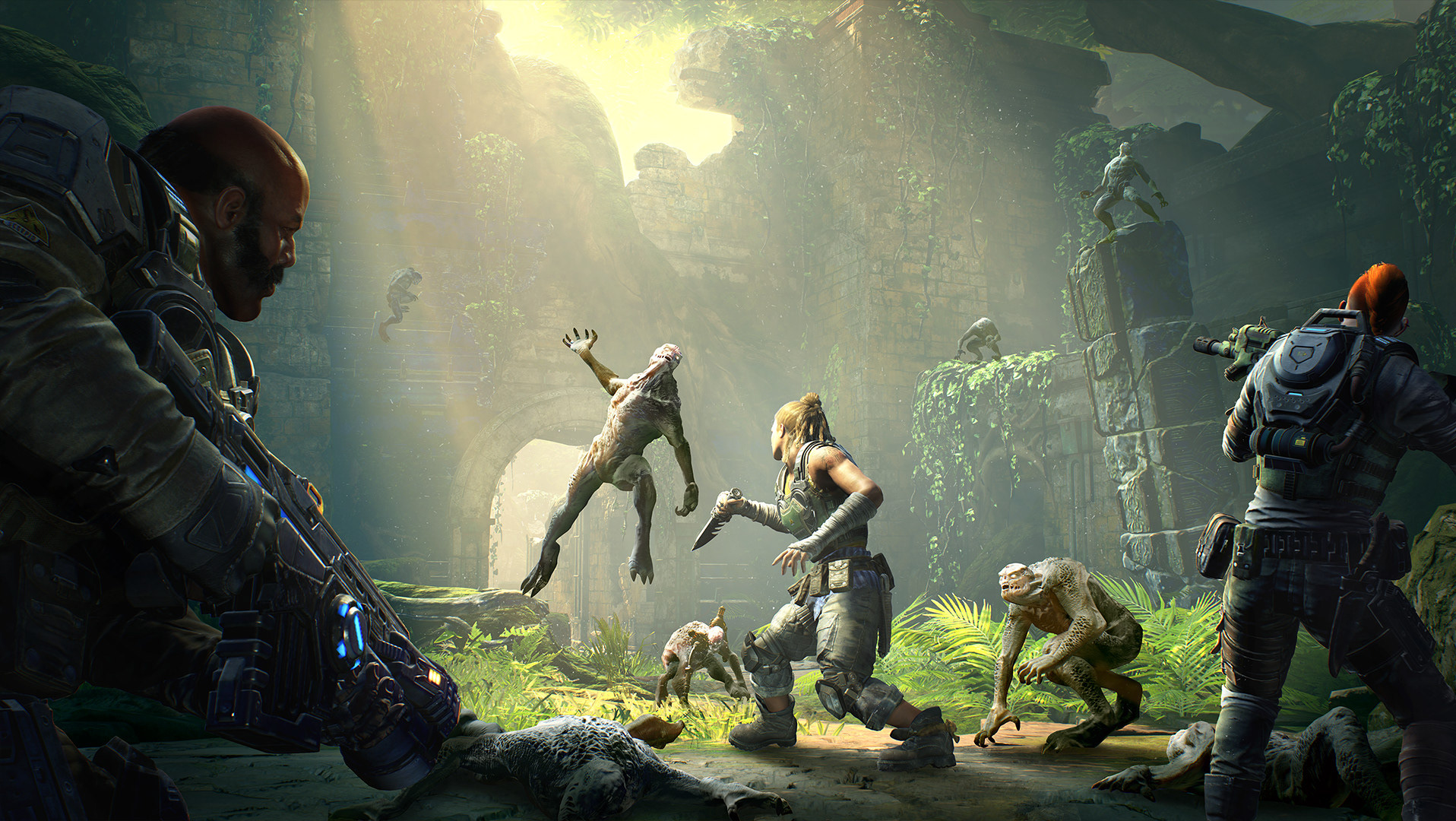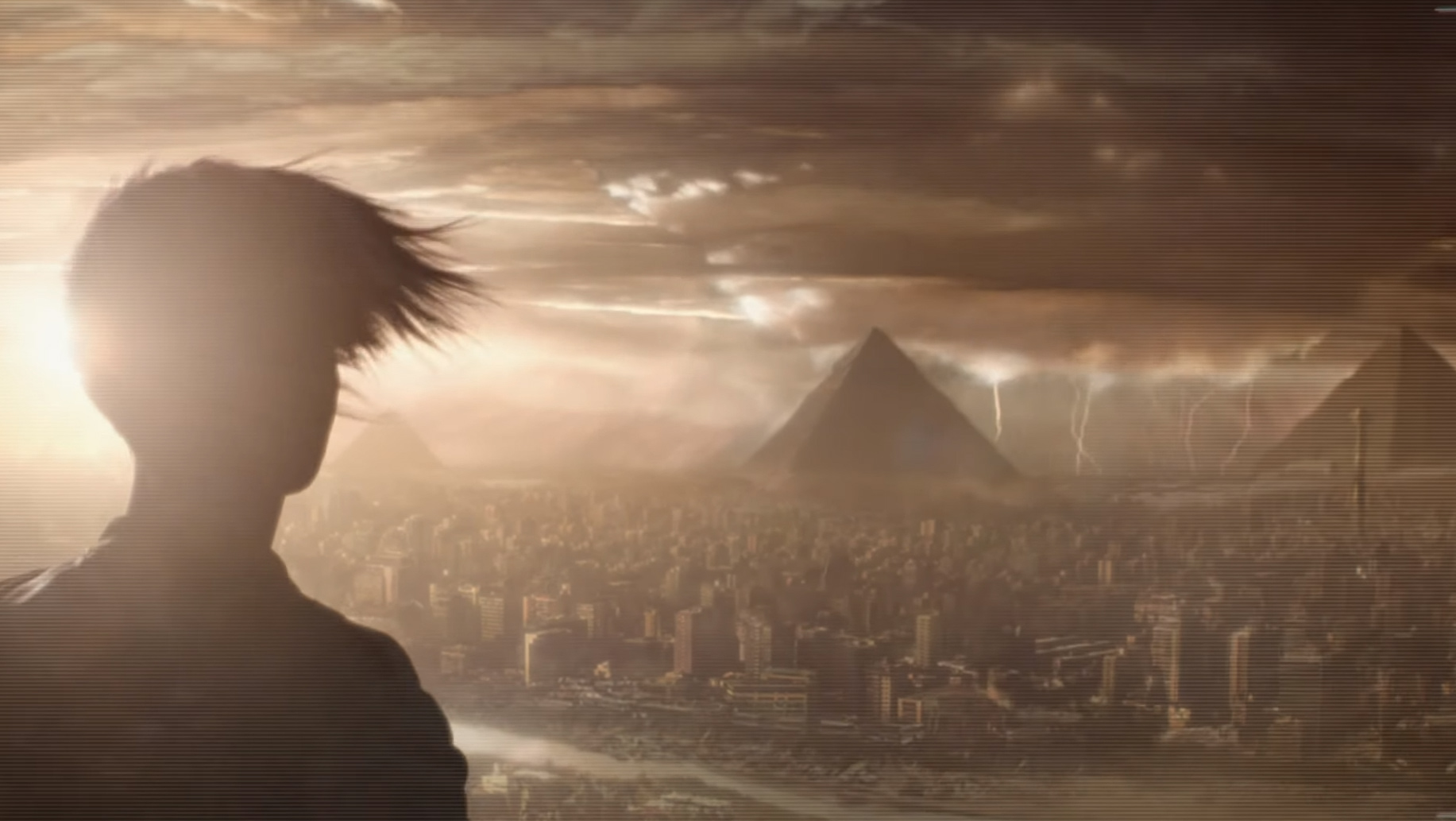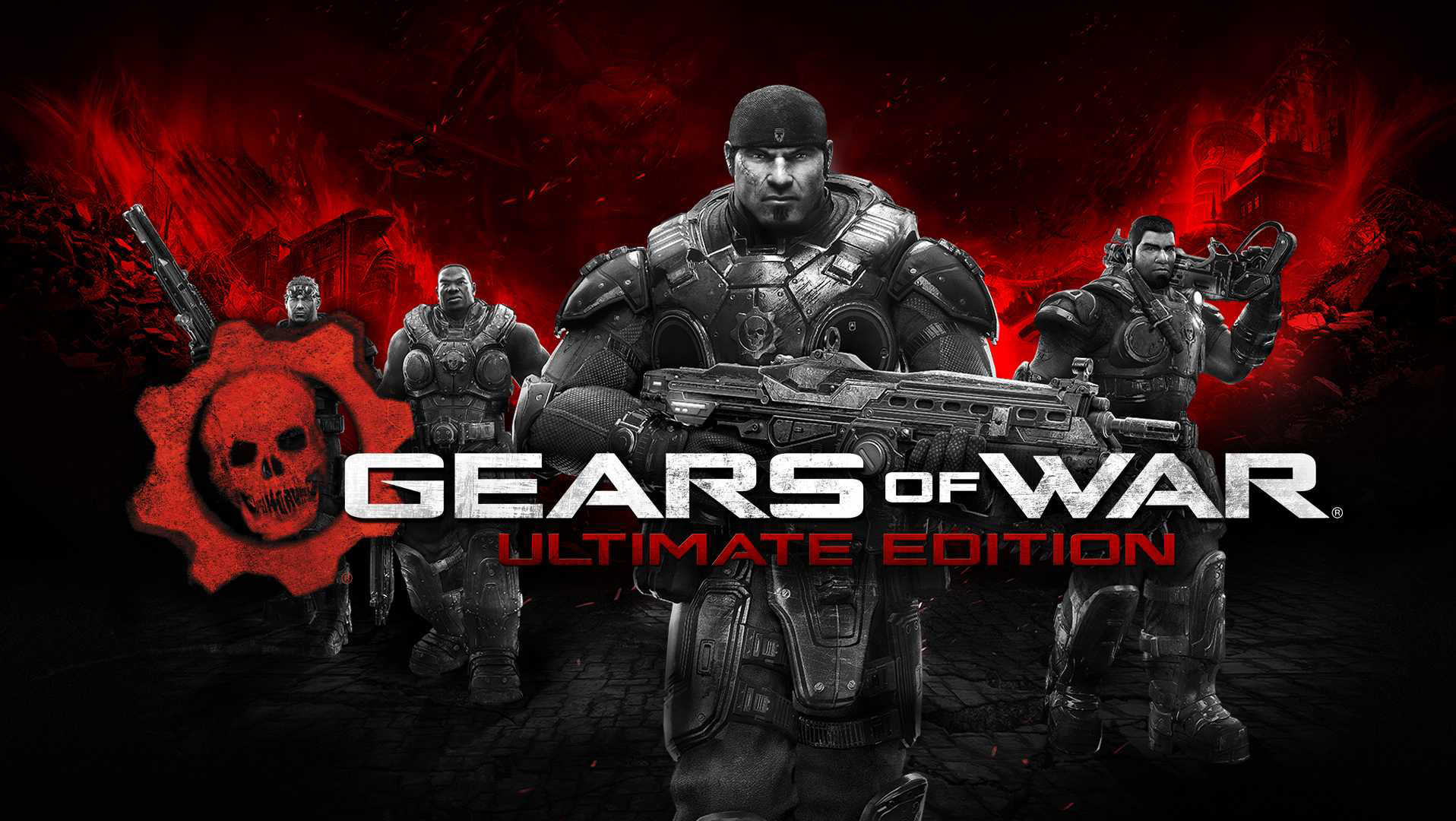Gears 5 is the fifth main installment in the Gears of War series and the sequel to Gears of War 4. Gears 5 takes place months after the events of Gears of War 4 and focuses on Kait Diaz, who is descended from Myrrah, Queen on the Locust Horde. As Kait, the player must uncover the origins on the Locust and the truth behind her family history.
I worked on the project from October 2017 until September 2019, when I started working on the upcoming DLC, Gears 5: Hivebusters.
During that time I worked as a Gameplay Designer. Below are some highlights of my work:
Sand Kraken Boss
Engineering Collaborators:
Paul Ivorra, Peter Blackburn, Darrin Brown, Jan Bulín, David Bollo
Animation Collaborators:
Guy de Woolfson, Kelly Starke
Level Design Collaborators:
Jerry Hsu, Jordan McNeely, Amanda Chilton, JJ Han
The Kraken Boss fights are two level encompassing boss fights featured at the finales of Act 3 and 4 where the player is challenged to defeat a giant Kraken monster who is trying to crush, eat or kill vicariously through its leach and flock minions.
I was tasked with creating a boss fight for the Finale of Act 3 in the campaign. Working alongside level designers to develop a thrilling, high tension, cinematic boss fight intertwined with the engaging, heads down combat Gears is known for. Initially, I worked to develop a number of prototype boss attacks and player challenges. I worked with the level designer to implement and test a number of these within the level. After several reviews with design leadership we settled on a select few critical for the boss fight. At this point I put together a pitch highlighting the concept, engineering, art, VFX, and SFX requirements for the development of the boss features. After pitching the design to area stakeholders we settled on a plan.
Throughout production of the boss fight I worked directly with engineers, animators and designers to solve the challenges for features required for the boss fight:
• Projecting skeletal mesh animations from the Spiracle actors to the Tentacle matinee actors containing multiple Spiracles
• Scripting controls for spawning and de-spawning the leech and flock enemies in/out of Spiracles
• Preventing overlaps on the animation of the Tongue enemies that spawn from the Krakens mouth•
• Implementing boss stages within Matinee restrictions needed for animating the Krakens limbs/body
• Coordinating with animators and level designers to implement checkpoints within Matinee timelines
• Repurposing existing sliding and wind FX tech to create a low cost version of the Kraken "Inhale" attack
• Coordinating with Level Design to set-up a wave based scriptable spawn system for the Kraken Tongue attack waves
Railgun
Engineering Collaborators:
Chris Johnson
The Railgun is an stationary object the player can interact with to take control of, granting them control over where it aims and shoots.
During the production of the boss fight, I was approached by leadership and asked to re-use the Kraken Boss fight for another boss fight, this time the Finale at the end of the game. I worked with my Lead to establish ways we could re-use the boss in ways that made both fights feel unique. We removed the "Inhale" attack from the previous fight so it would be unique to the Finale. Overall, this was a positive change as the attack was proving too difficult for the player in the small play space under the rocket. I also started prototyping an idea I had for an interactive Railgun turret. After pitching the Railgun turret as a way to introduce variation into the second instance of the Kraken boss fight, I worked with area leads to reduce cost and scope of the Railgun.
I provided a proxy geo-bash of the railgun to the concept art team as a starting point to accelerate the process. Once we received the final version of the railgun from the art team I worked with support from Campaign Tech Engineering to retrofit our turret base class. I assembled the blueprint for the Railgun, putting together the AnimGraph and handling general blueprint functionality for possession, fire/reload/power-down states. Once completed I handled implementation of the railgun into the level, working within objective beats previously implemented by level design.
Ice Spears/Glass Trees
Engineering Collaborators:
John Lisco, Peter Blackburn, Melyssa Battison
Environment Art Collaborators:
Akio Kimoto, Joey Kutzer, Stef Velzeboer
The Ice Spears/Glass Trees are destructible cover objects that spawn into the environment when scripted to, smashing into the ground or melting into shape. The player can shoot them, causing them to fall over, smashing and killing enemies underneath.
Early on in production, I was tasked with creating an interactive cover object that the player could shoot at to break, causing it to fall over and create new cover on the ground. Once briefed by my lead, I quickly worked to create a functional prototype, getting hands on testing ASAP. We quickly found that it was necessary that the fall direction of the cover being communicated to the player was highly crucial, that way they could more easily make sure of the objects in combat, and prevent accidental deaths. After completing the prototype phase, we worked out use cases for the object in two different environments, gigantic hail born Ice Spears for the snow biome, and lightning melted sand Glass Trees for the desert biome.
I began working with our destruction expert on the campaign tech engineering team who had previously worked to set up generic destruction base classes in use elsewhere. We established the more complicated destruction needs for the destructible falling actors and began work. We expanded on the existing stage based destruction, adding support for animated meshes at key destruction moments, destruction hierarchy for realistic tree branch breaks and Multi Core Fracture support for multiple chippable and breakable meshes within actors.
Once we had the destructible falling cover up to a functional level I began working with the Environment on the plethora of meshes required to fill out the multi stage destruction of each. We established a pipeline for delivering destructible assets that meet the gameplayer and performance requirements. Using it to pump out 10 unique ice spear and 6 unique glass tree variations. These variations were all contained within their respective blueprint, randomly spawning 1 of the variants automatically, unless overridden.
I also worked with another engineer to implement Automatic Blueprint Defined Cover Markup. This was a new feature, where previously all cover mark-up in the game was done manually. This allowed us to pre-define the cover locations relative to the blueprint, matching up to the dimensions of the spears/trees and their respective fallen cover. This also allowed me to more easily control the active/inactive states of the cover when transitioning between destruction states.
Modular Ice Cover
Engineering Collaborators:
John Lisco, Peter Blackburn
Environment Art Collaborators:
Akio Kimoto, Joey Kutzer, Stef Velzeboer
The Modular Ice Cover are destructible cover objects that the player can shoot individual modules to break, causing them the shatter, revealing enemies behind them.
The Modular Ice Cover was tasked to me after I had been established working on the Ice Spears/Glass Trees and my familiarity with the destruction systems we have access too. Level Design delivered a number of requested modular cover shapes. I checked these against our existing cover metrics and determined which one would be viable for production. The cover metrics and concept were delivered to the environment art team and we collaborated to deliver 5 modular cover variations. These variations were comprised of 1 to 3 modular ice blocks each.
I began work on the Modular Ice Cover base class, that would track the destruction of individual ice cover modules in order to accurately update the Navmesh, cover markup and collision. The Modular Ice Cover also made use of the Automatic Blueprint Defined Cover Markup, which I was able to reference to automatically toggle relevant cover on or off depending on the destruction state.
After delivering the 5 modular cover assets, we also worked to deliver the individual modules as unique cover assets that could be used in conjunction with the full ones. This was a relatively easy win, with only minimal script work needed to carry over the Navmesh, cover markup and collision management used in the full versions.
Destructible Ice Floor
Engineering Collaborators:
Chris Johnson, Chris Haddon
VFX Collaborators:
Stu Maxwell
Environment Art Collaborators:
Joey Kutzer
The Destructible Ice Floor is an interactive ice platform that the player can shoot the break, causing enemies and objects to fall into the icy lake below.
The ice floor came into existence from the question "wouldn't it be cool to fight on top of a frozen lake?". So I got to work creating the first prototype of this experience. I created a grid based floor that the player could shoot, removing individual grid pieces upon hitting health thresholds and applying damage falloff to nearby pieces. At this point I handed off my prototype to engineering to take over.
Engineering handled the needed optimization and converted it from a square based grid to a hexagonal based grid, giving it a more natural looking break. We also worked with the VFX team to implement their ice shader which simulated all of the breaking and re-freezing. I collaborated with both to tune the health and damage values of the ice floor according to the needs of the combat spaces it would be implemented in. We also implemented a custom weapon damage modifier list to ensure certain weapons were more or less effective against the ice.
Once the Ice Floor was complete we realized there was a need for cover objects on the ice, so we re-purposed an element of the ice spear geometry to build low cost cover objects that paired up well with the appearance of the lake. I then worked with engineering to create a listener event for ice lake destruction that I used to setup the script the cover objects use to toggle on physics, causing the object to fall into the water below, bobbing momentarily before sinking into the water.
Other Work
I had my hands on lots of other work on the project including the development two new lost cost enemies (Popper & Bastion), the creation and maintenance of all character gore meshes and plenty more!
Please feel free to reach out to me directly if you have any questions about my work on Gears 5.




